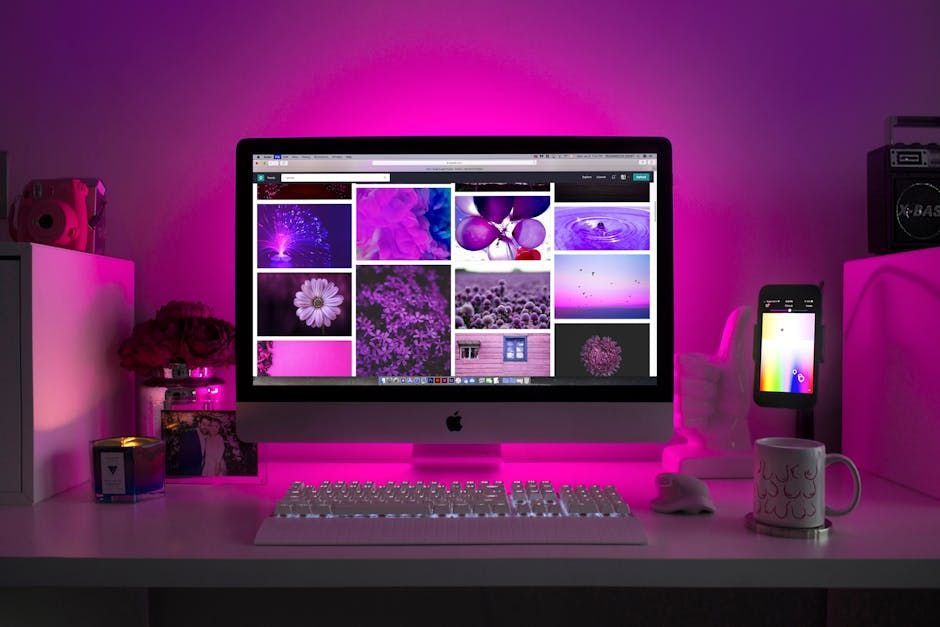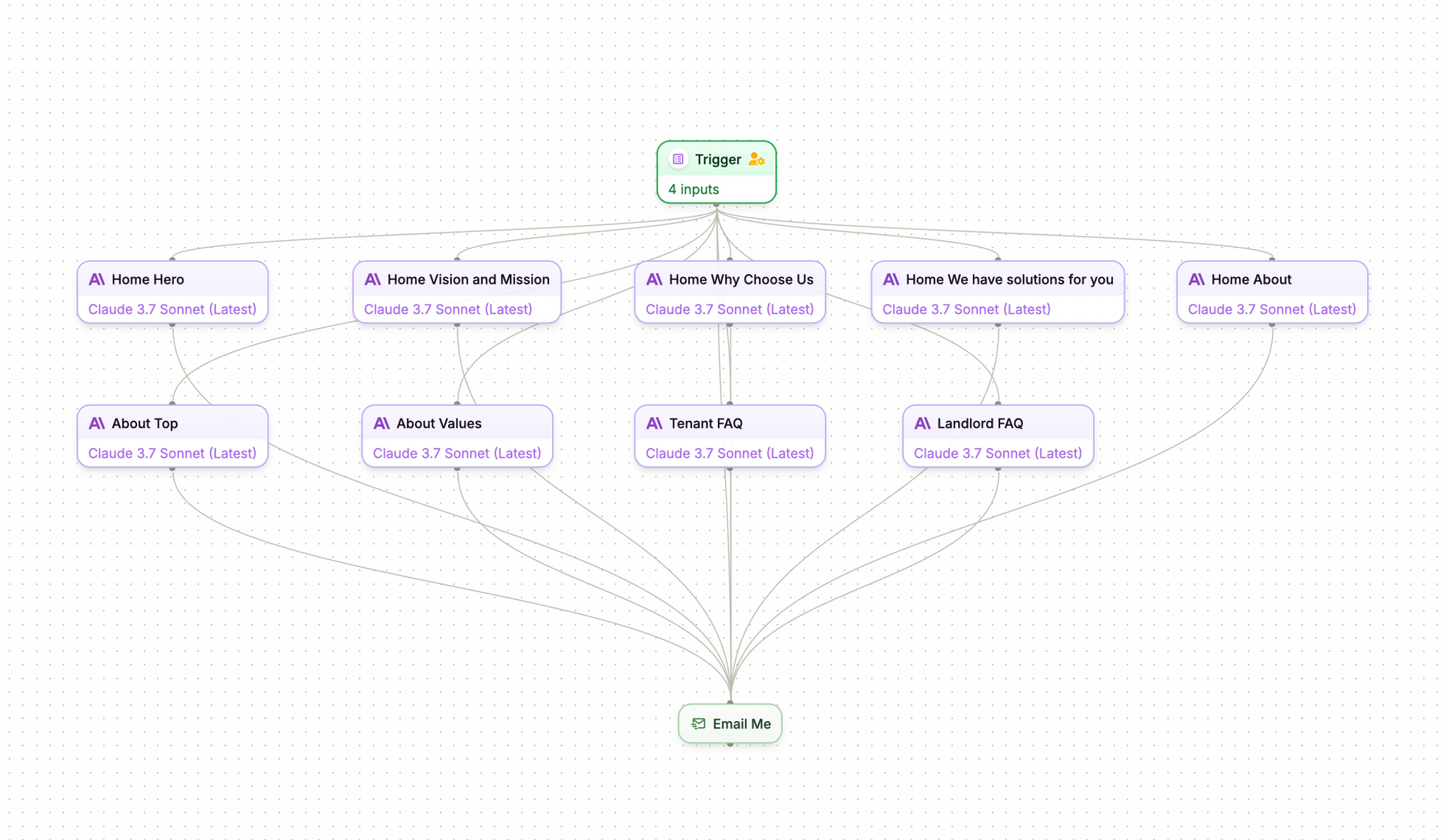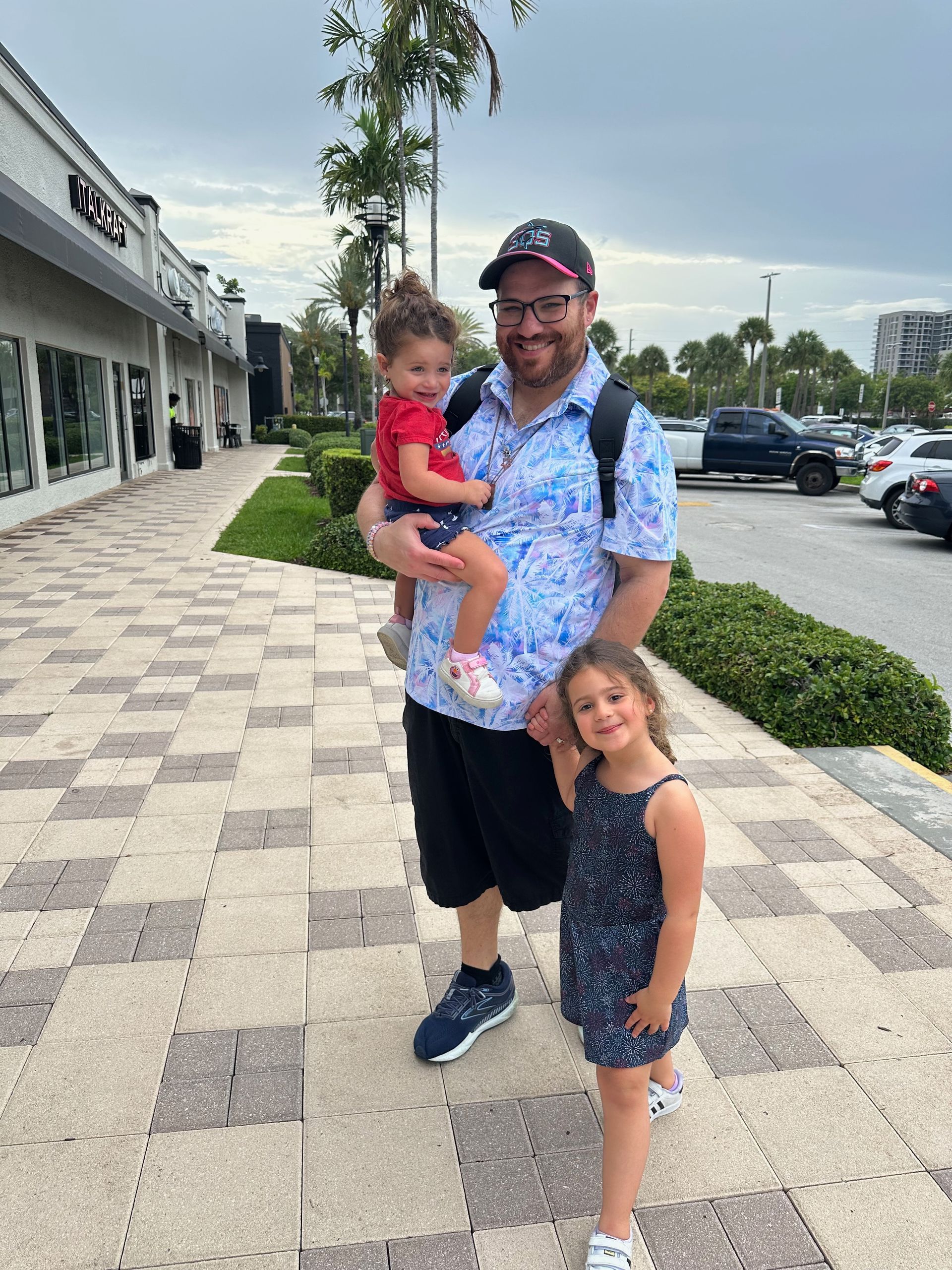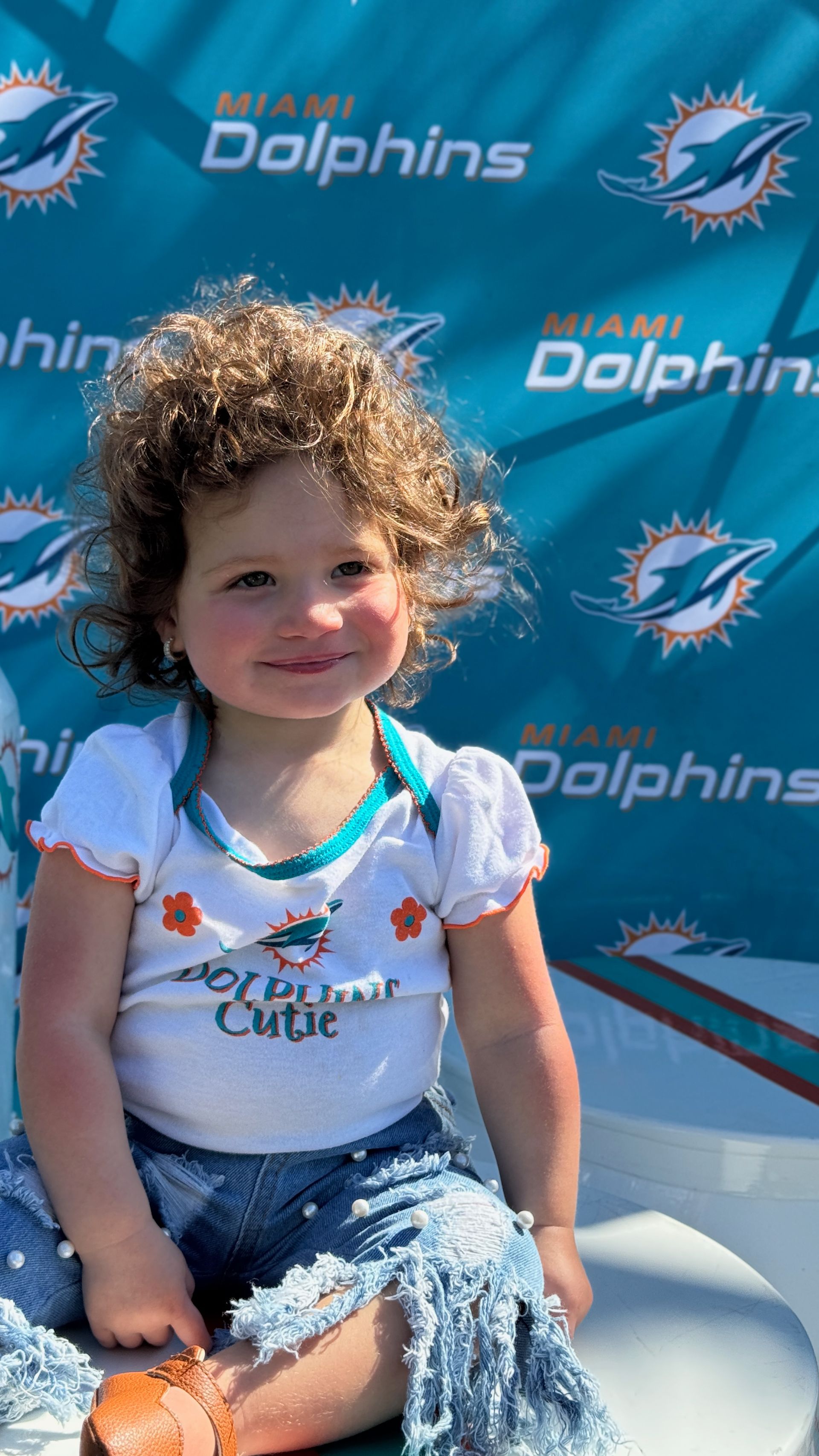
The Art of the Rebrand: How Fresca and Manischewitz Nailed It
How Two Classic Brands Reinvented Themselves Without Losing Their Soul
Rebrands are a delicate art—like seasoning a recipe, it’s all about balance. Too subtle, and no one notices; too drastic, and you risk alienating your base. Two recent examples of brands absolutely nailing this balancing act are Fresca and Manischewitz. Let’s dive into how these iconic names updated their looks to reflect their essence, lean into nostalgia, and stand out where it counts.
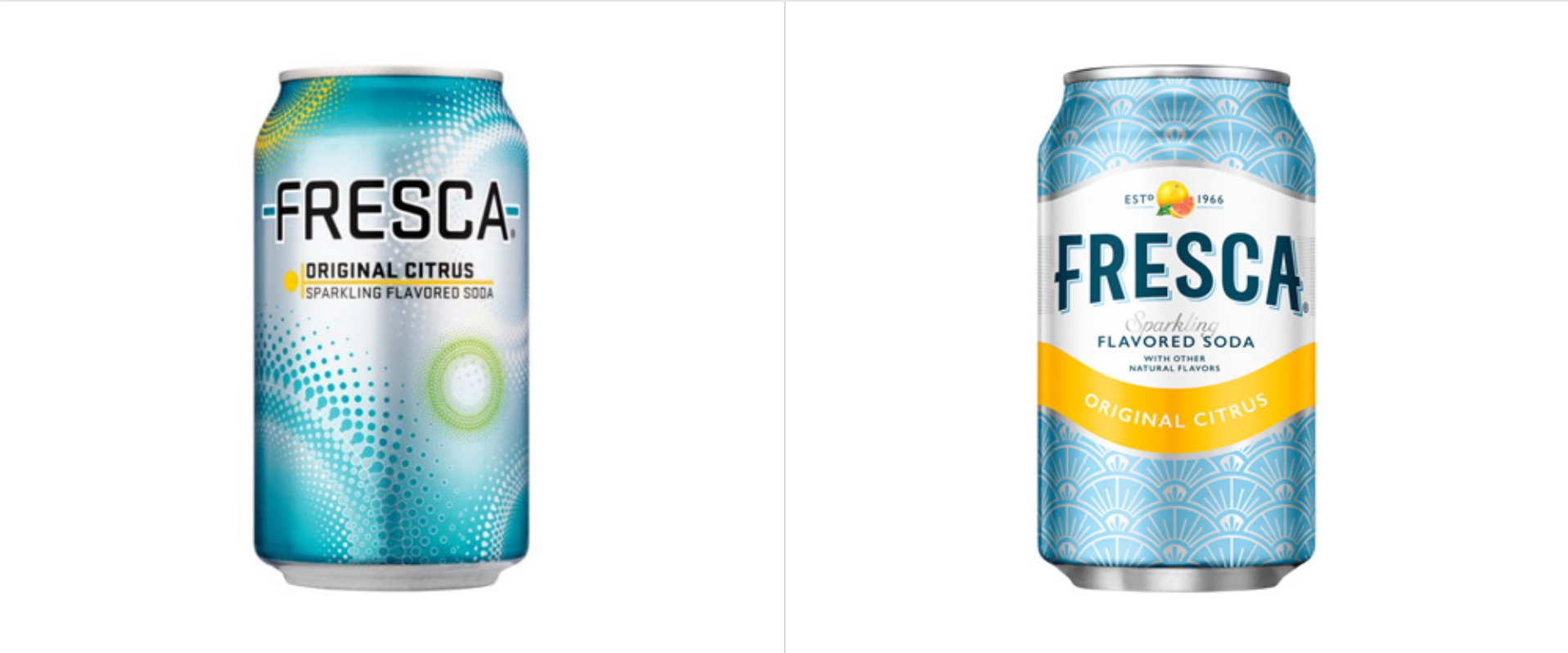
Fresca: From Sprite's Little Cousin to Soda Aisle Royalty
We all remember Fresca, right? It used to live in the soda aisle, quietly blending in with lime-green branding that felt…familiar. A little too familiar. Honestly, if you mistook it for a Sprite knockoff, no judgment. But, Fresca decided to step out of the shadows and claim its own crown.
What’s New?
Fresca’s sleek rebrand is a masterclass in premiumization (yes, that’s a word now). The new cans sport a muted gray background with a chic gradient of citrus hues—think orange, pink, and yellow. It’s classy, minimal, and makes you feel like you're reaching for something meant for craft cocktails, not just a midweek lunch.
- The logo? Out with bubbly lettering, in with streamlined sans-serif font and a touch of metallic gold. It whispers “luxury” without shouting.
- Bonus points for sustainability: Fresca now comes in 100% recycled aluminum cans. Mother Earth approves.
Why It Works:
The soda aisle is a loud, chaotic party of neon labels and sugar-fueled vibes. Fresca’s muted, elegant design is like a jazz quartet in the middle of a rock concert—it stands out precisely because it doesn’t scream for attention. Plus, Coca-Cola’s push to tie Fresca into mixology culture makes it clear: this isn’t just soda; it’s an experience.
A Nod to Nostalgia:
While the design feels modern, Fresca’s rebrand also subtly nods to its 1960s origins. The streamlined logo and restrained color palette echo the clean, minimalist aesthetics of mid-century design. It’s a wink to its roots, making the brand feel familiar yet fresh.

Manischewitz: Heritage Meets Modern Pop
Now let’s talk Manischewitz. It’s the brand we all know from our Bubbe’s house, sitting proudly on the Seder table or next to some truly underrated kosher wine. But by 2022, it was due for a refresh—something that honored its roots while catching the eye of younger shoppers (you know, the ones snapping TikToks in the kosher aisle).
What’s New?
Manischewitz embraced its history with a look that’s both nostalgic and fresh:
- Rich jewel tones like emerald green and burgundy now dominate the packaging, making it pop against the beige-and-brown monotony of most kosher products.
- The typography? Vintage-inspired, complete with Hebrew lettering that nods to its roots. Archival illustrations, like wheat sheaves, add a touch of old-school authenticity.
- Functional updates like bold gluten-free labels and clear kosher certification bring modern clarity to the mix.
Why It Works:
In the kosher section, where tradition reigns supreme, Manischewitz leans in hard. The new design practically screams, “We’ve been doing this for 135 years, and we’re just getting started.” The colors and heritage-driven elements ensure it’s the first thing you notice, whether you’re prepping for Passover or just craving matzo ball soup.
Harnessing Nostalgia:
Nostalgia isn’t just a trend; it’s a feeling. Manischewitz’s rebrand leans into the warmth of familiarity with its vintage-inspired design elements. Whether it’s the archival illustrations or the jewel tones that feel like they belong on your grandmother’s dining table, the rebrand stirs up memories while inviting new ones. It’s a bridge between generations.
What These Rebrands Teach Us
Both Fresca and Manischewitz are textbook examples of how to rebrand effectively by understanding three key factors:
- Essence: They know who they are. Fresca is playful but premium. Manischewitz is heritage-driven but accessible.
- Audience: They get who they’re talking to. Fresca courts millennials and Gen Z with mixology and zero-calorie promises. Manischewitz speaks to both traditionalists and young, savvy consumers.
- Nostalgia: This might be the most powerful tool in their arsenal. Fresca’s nod to its retro roots gives older fans a sense of continuity, while Manischewitz’s heritage-driven elements celebrate its legacy without feeling dated. Nostalgia isn’t about looking back; it’s about connecting the past to the present.
In a world where every brand fights for a split-second of attention, these two remind us that the best strategy is staying true to your roots while embracing what’s next. If you’re not inspired to rethink your own branding strategy, well, maybe grab a Fresca and ponder it.
So, what’s your favorite rebrand lately? Let me know—because this is the kind of design talk I live for.
But wait—there’s more. If you think nostalgia is just a side effect of flipping through old Polaroids, think again. It’s the new secret weapon in branding, and we’re only scratching the surface. Up next, we’ll break down why brands are raiding their archives, how familiarity breeds success (not contempt), and why the future of marketing might just be a well-polished throwback. Stay tuned.
